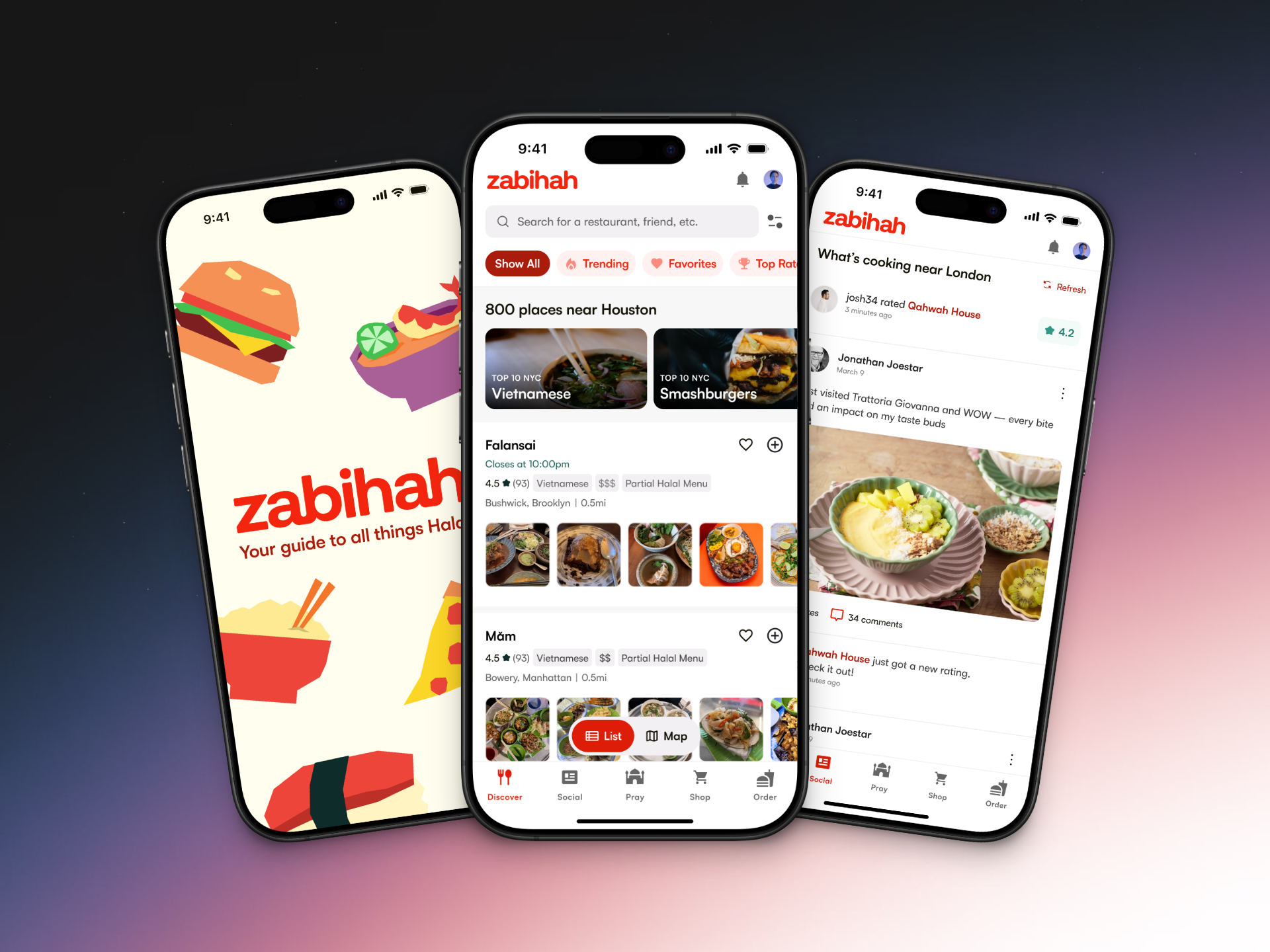Enhancing User Experience for Construction Mechanics and Managers

Trying my hand at enterprise app design
Equipment360, a flagship product by HCSS, is an iPad application designed for mechanics, managers, and foremen at construction sites. The application facilitates managing and maintaining heavy equipment fleets, tracking mechanic work hours, and handling work orders for repairs and maintenance. It was one of the first times I worked on such a complex enterprise level application that had such a large user base.
I wasn't alone; my partner Isabel and I were responsible for the UX design of the iPad application. Our roles included user research, internal and stakeholder interviews, wireframing, low and high-fidelity designs, and prototyping. With this project, our senior designers aimed to show us how Product Design happens in the real world, and how we had to maintain the balance among Customer Service, Developers, Project Managers, and Designers.

Learning about our users from the Customer Service department
We couldn’t get direct access to our users, who would spend all day at the construction site doing their jobs. However, we were directed to Customer Service, and they actually knew everything about the users. They heard the complaints, the constructive feedback, and all the things our products were helping them with.
We learned that the primary users of Equipment360 were mechanics, managers, and foremen. Two distinct user groups emerged: younger, tech-savvy mechanics who interacted with the application throughout their workday and older mechanics who preferred using traditional methods like pen and paper, only using the app at the end of the day to log everything. Managers and foremen utilized the application to delegate tasks and ensure smooth workflow.
The intersection of user issues, business goals, and critical UX fixes
We had done a heuristic analysis of the iPad app and we identified the UX issues. We also had our list of user complaints and features they would like to see implemented. We went to our Senior employees of Designers, Developers, and PMs and presented our plan to fix the issues that are UX related and solve a user pain point. Once those are done, we can move on to other tasks. It was approved, and what we did that day became a template that can be used on all other projects… which was actually our goal all along.

Armed with information, we were ready to redesign
The project spanned from May 2019 to July 2019. We used Figma for design and prototyping, Google Docs for data gathering, and Confluence and Jira for project management. The redesign aimed to address mission-critical issues identified through user interviews and heuristic analysis. The scope included drafting wireframes, low and high-fidelity designs, and emphasizing the component system for future development.
The information architecture was constructed, followed by wireframing, low-fidelity designs, and high-fidelity prototypes. The redesign process involved utilizing a brand style guide, playing with the existing app, and focusing on the component system. Regular check-ins with senior designers ensured alignment with project goals.
It’s one thing to see the designs. It’s another to “experience” it
As young designers, we had a lot of ideas we wanted to implement to really show everyone our skills and determination. We also knew getting approval for our design decisions would be difficult. What could we do instead of just showing the UI on the projector?
Well, we had two iPads. I can present using my laptop… and I was also getting quite good at prototyping. What if we created a prototype of some of the key workflows and let our colleagues play with the app on the two iPads? That is precisely what we did.
I was able to create a linkable prototype for most of the workflows we needed to present. They were not expecting this at all, and with every design review, they looked forward to playing with our prototype. This helped our colleagues actually experience the app before it was even coded, and it became easy to explain our design decisions.
Here's a brief look at what we prototyped

Achievements, Insights, and Lessons Learned
The redesign successfully addressed user pain points and modernized the UI, receiving positive feedback from senior designers. User interviews provided insights into the varied preferences of mechanics, guiding the redesign process. The collaborative effort with Subject Matter Experts and the clear presentation of mission-critical issues to stakeholders were key contributors to project success.




